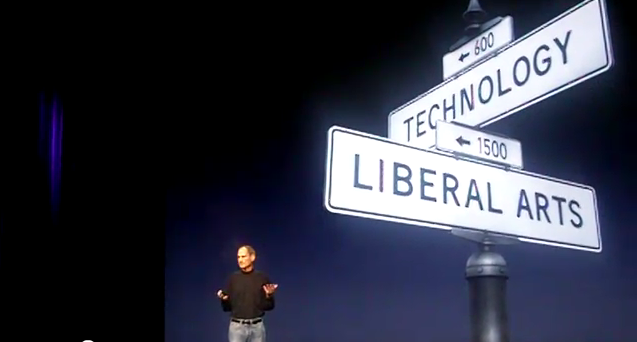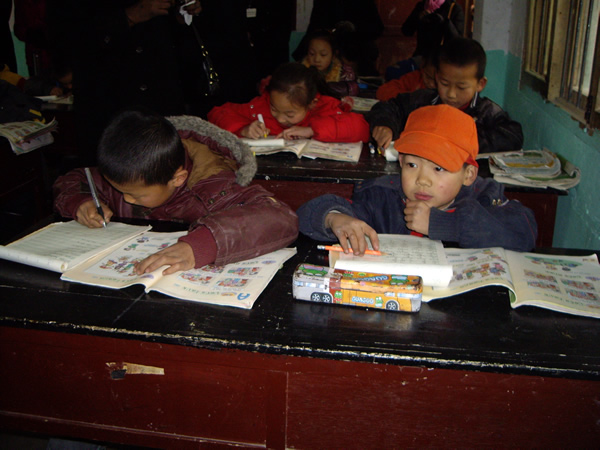Dream Space
It’s late on a Friday before a long weekend. I have been thinking off and on all day about John T Spencer’s post about Why We Paint Murals (thanks @ShellTerrell and Tweetdeck). Now those thoughts have turned a little surreal– or maybe not. If you are looking for a straightforward opinion piece, stop now. If willing, breathe deeply and dive into my mental swim.
Spencer got me thinking about the space where we learn and our drive to make that space our own. I, too, have shared butcher paper walls and seen students seize the space as finally theirs. I love what they write and ask and draw when the paper goes up. I have also seen ideas in other classrooms: atypical ways of moving the furniture around a hub for learning, rooms where vertical space suddenly becomes part of the landscape, classrooms as environmental art pieces. While it might be nice — at times — to remove classroom walls, there are positive aspects of walls, too. Walls are our surroundings and partially define who we are as a group of learners. Spencer’s video shows students making the space their own with brushes of paint and personality. If we could have it, what would a class Dream Space for learning and thinking look like? Here is my stream of Dream Space ideas.
Surround: verb to noun
The walls of the Dream Space hold nothing in. They surround us with experiences. The dreaded (and much reviled) IWB, if one has been put here, can be part of this “surround” as a place for students to create and collaborate. Unlike butcher paper, this electronic surround can be saved, erased, sent, “finger painted” and edited, text-recognized, and used as a collection point for leaking ideas. What else should surround us? Walls of sound, perhaps? Walls of light or dark? Walls of images. I would love an IP addressable imagespace– floor to ceiling — to which we could “send” images any time, simply by knowing the address. The people we know could send us their back yard or their llama. The scientist we know could send us an amoeba. We could send things to ourselves from our phones or our weekends. We could bring in our worlds to wrap us in visual mind graffiti. The Dream Space for thinking is our surround.
Flip the walls
Just as we grow accustomed to the walls we create, take a day in our Dream Space to Flip the Walls again. What is on the back of this wall? Erase it all and ask us to show the back of our thoughts, like the back of a web page.
Bring it ‘Round
For some reason, my mental images of the Dream Space persistently appear more like the stand-up omnimax theater spaces that have no corners. The Dream Space does not have places for learning to hide or get lost in an angular trap. Ideas in this Space can bounce freely and endlessly because they continue to deflect off the circular hug of thinking.
 Then the door clunks open on sturdy school hinges, and the spell breaks. A skeptical voice inquires, “Why is this teacher lady dreaming about a classroom that doesn’t exist? What is the point here?” In my Dream Space, even one that has suddenly morphed back to a regular classroom with rows of desks, a chorus of voices simply calls out, “Come on in!”
Then the door clunks open on sturdy school hinges, and the spell breaks. A skeptical voice inquires, “Why is this teacher lady dreaming about a classroom that doesn’t exist? What is the point here?” In my Dream Space, even one that has suddenly morphed back to a regular classroom with rows of desks, a chorus of voices simply calls out, “Come on in!”
















